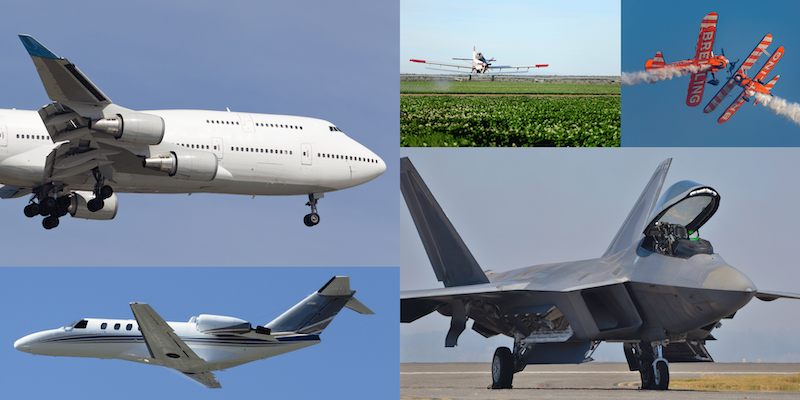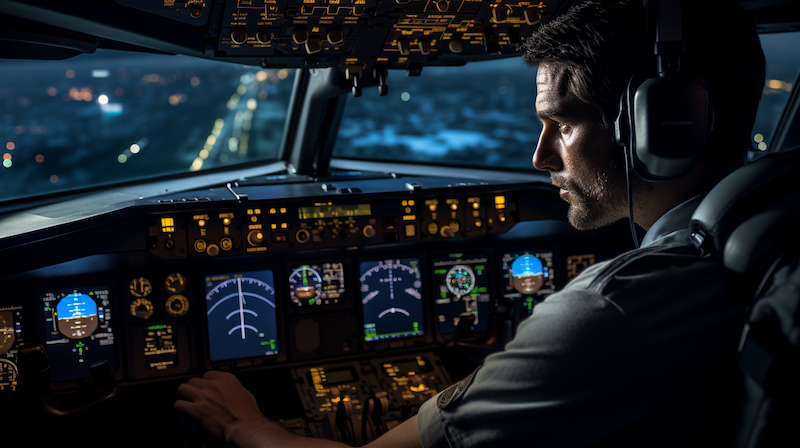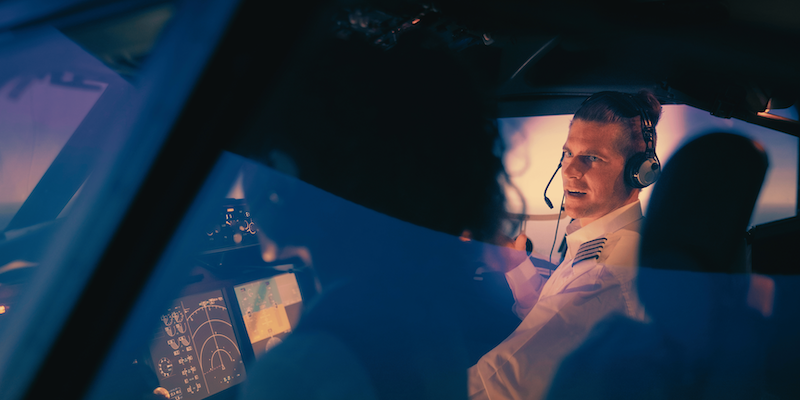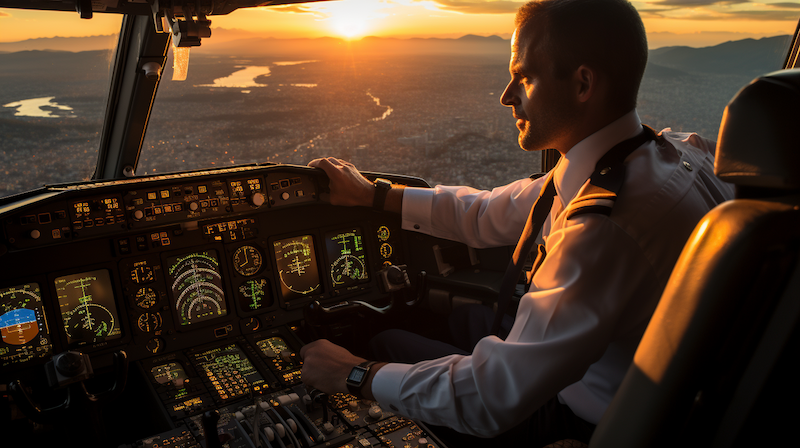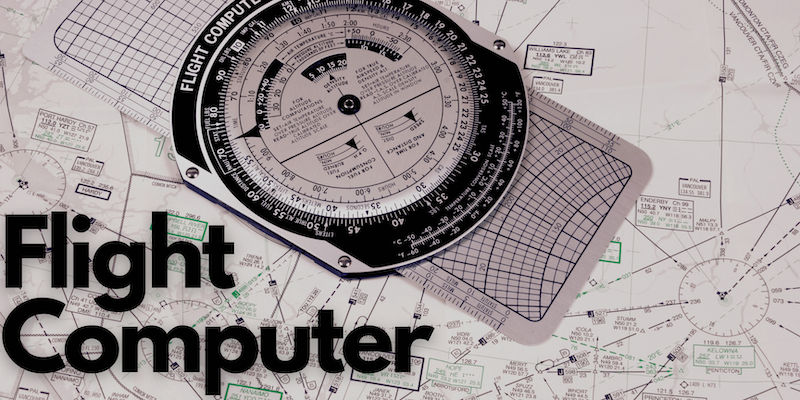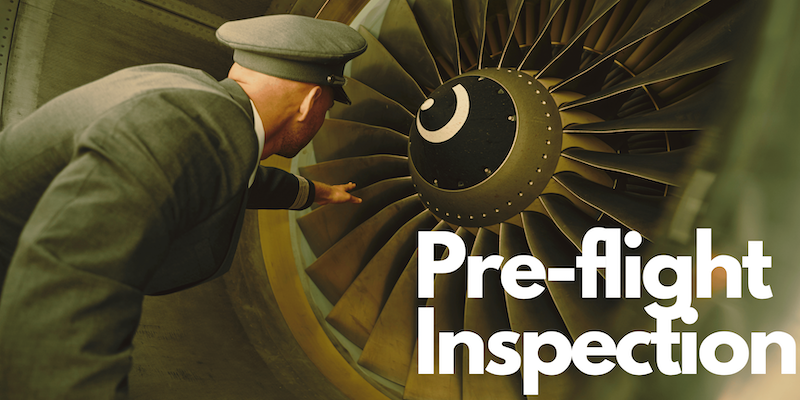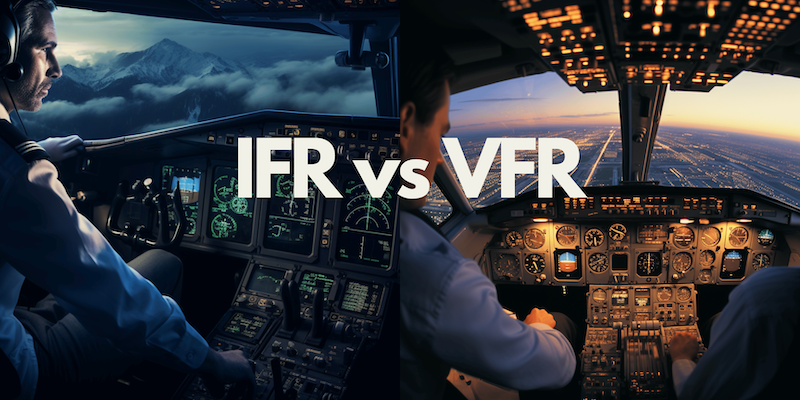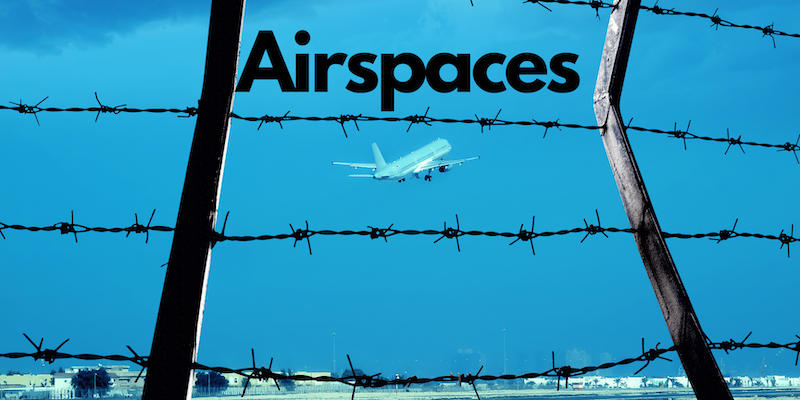What are the different categories of aviation?
Understanding the differences between the categories of aviation will give you a better chance of making the most informed decision of the type of aviation you want to be a part of and better selecting the path of aviation training you want to begin with.

